Discover More Topic Guides
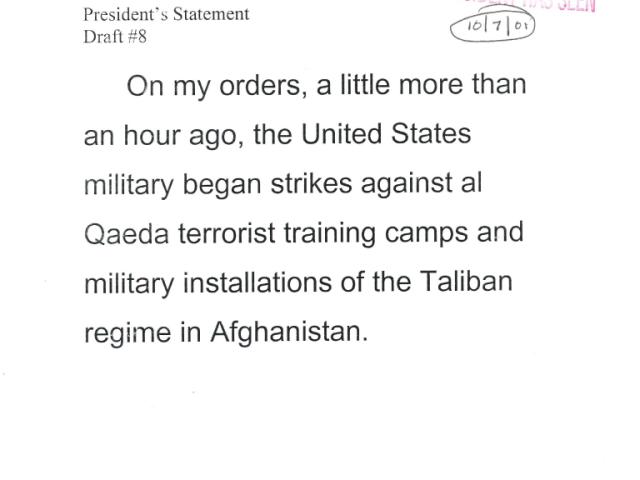
The War In Afghanistan
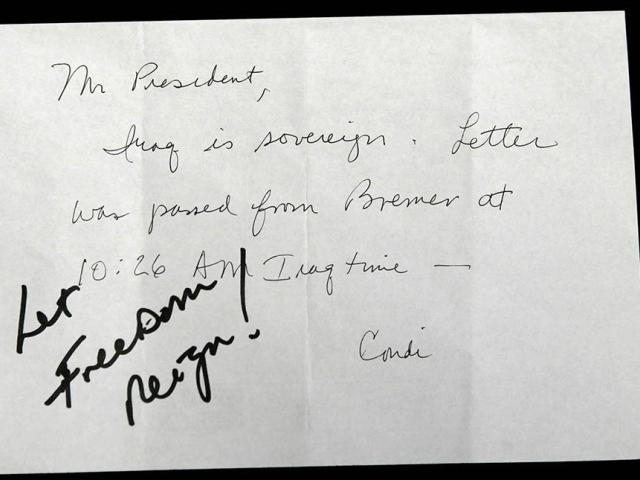
The Iraq War
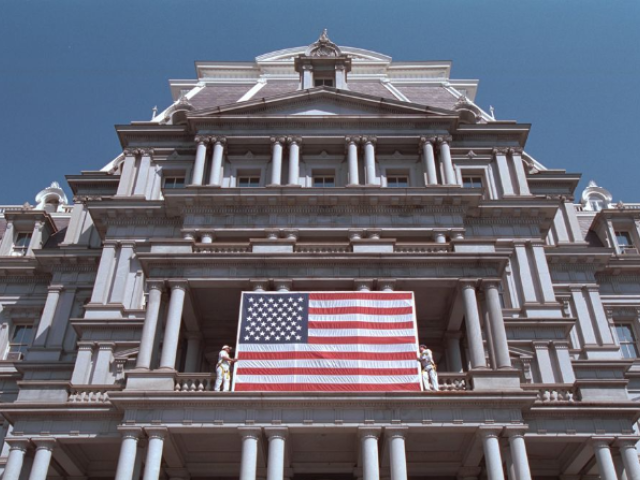
Executive Office of the President
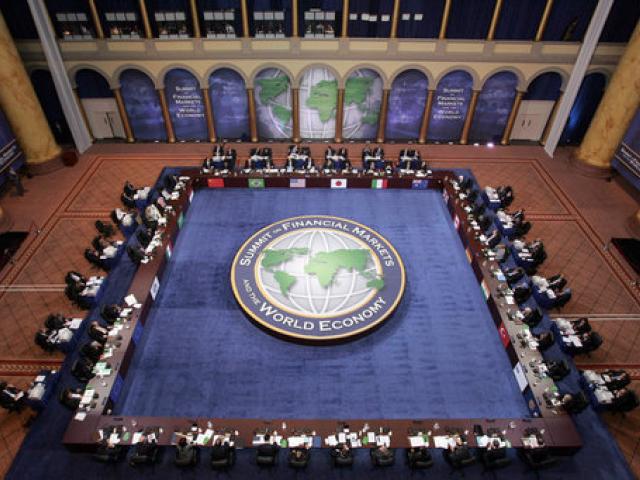
International Trade
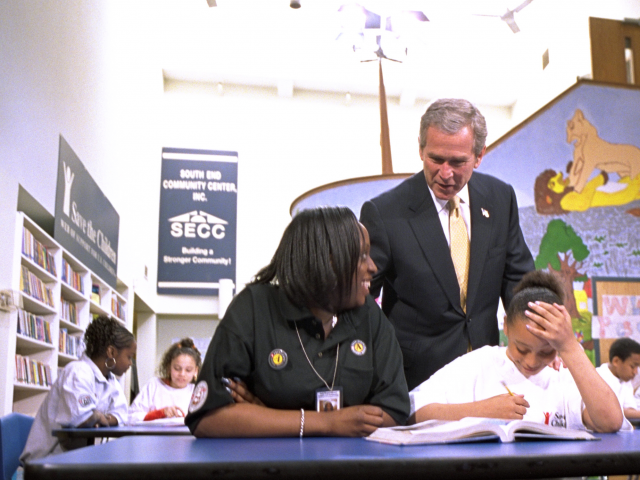
USA Freedom Corps
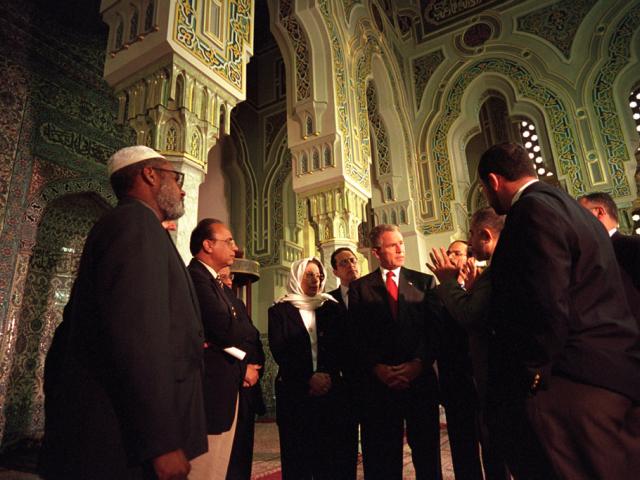
EARLY PRESIDENCY
According to Article II of the Constitution, the President shall serve a term of four years. During his tenure, the President is Commander in Chief of United States Armed Forces and is empowered to make treaties and appointments within the federal government (with Senate approval). He is also required to report to Congress annually on the state of the union, and may also propose legislation and veto bills.
Beyond the rather brief enunciation of the executive branch given in the Constitution, what does the President of the United States do? What roles has the occupant of the White House come to play in the last two centuries? How has the Presidency changed over time?
The Founders refrained from making the Presidency a facsimile of the British monarchy. Instead, they created an executive who had to be both responsive and accountable to the citizenry and balanced against the other two branches of government in terms of its powers and limitations. In the Federalist Papers, Alexander Hamilton argued the Constitution invested the executive branch with only slightly more power than that accorded to the governor of New York.
As George Washington took office in 1789, there was much uncertainty about almost every aspect of the Presidency, including what sort of residence the President should occupy. Should he reside in a palace, or something simpler and more appropriate for a newly created republic? This uncertainty even led to debate over the proper presidential title. In one of its earliest debates, the Senate considered — and decided against — designating the President as, “His Highness, the President of the United States of America, and the Protector of their Liberties.”
The Presidency was weaker and more obscure in the first hundred years of American history than it is today. This paralleled the comparatively minor position the federal government occupied in American life. When Thomas Jefferson entered office in 1801, the number of federal government workers totaled only 130 and he proposed to cut even that in half. In an era marked by such giants as Daniel Webster, John C. Calhoun, and Henry Clay, it was Congress — not the White House — where glory and influence were more likely to be achieved. Presidents Jefferson, James Madison, Andrew Jackson, and Abraham Lincoln were strong chief executives; however, they were the exception in nineteenth-century America. Presidents in the post-Civil War decades have been described, albeit a bit unfairly, as “an interchangeable group of unrenowned and bewhiskered men.”
MODERN PRESIDENCY
The twentieth century brought about what has been called the “modern American Presidency.” World Wars I and II, the Great Depression, and the Cold War all led to a much larger institution of the Presidency to cope with the nation’s new superpower status. Especially following the activist approach that President Franklin Roosevelt took in fighting the Depression and World War II, it was no longer enough for subsequent Presidents merely to preside over the nation’s fortunes. Instead, they needed to actively direct. They had to be, to paraphrase Harry Truman, the lobbyist for the entire nation. A more active Presidency — the expectation that the President must be both a national and international leader — led to such presidential initiatives as Dwight Eisenhower’s request for an interstate highway system, John Kennedy’s call for greater space exploration, the Camp David Accords between Egypt and Israel initiated by Jimmy Carter, and the Intermediate-Range Nuclear Forces agreement signed by Ronald Reagan and Soviet leader Mikhail Gorbachev.
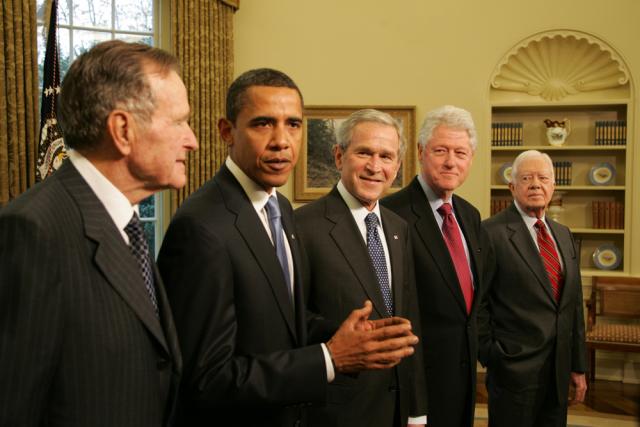
Today, the President takes on a variety of roles that reflect the increased powers and prestige of the office. As a legislative leader, the President is oftentimes the key figure in what bills get passed. It is now taken for granted that the White House will craft and promote its own legislative agenda and that the State of the Union address will be used not only to report on the national situation, but also to present to Congress the President’s legislative wish list. A major component of a President’s legacy is derived from his success in Congress, with our most successful chief executives inextricably linked with major legislative achievements: Franklin Roosevelt and Social Security, Lyndon Johnson and civil rights, Ronald Reagan and tax cuts, as well as George W. Bush and No Child Left Behind.
As the Commander in Chief of American Armed Forces, the President today has a vast amount of power at his disposal; manifested in large military budgets, the presence of American forces worldwide, the creation of intelligence-gathering organizations, and in the infamous briefcase with the codes used in the event of nuclear war. This Presidential role has provoked much debate. World War II and the 1991 Persian Gulf War enjoyed widespread public support, but the Korean and Vietnam Wars proved far more controversial. Especially in the aftermath of the latter conflict, Congress and the public have been more willing to question how much prerogative Presidents should be accorded in foreign and military policy.
Part of what makes the Presidency such a potentially effective force for action today is the much greater visibility the occupant of the White House commands. Presidents travel to a much greater extent and appear before the American people to sell their message more frequently today than ever before. Using what Theodore Roosevelt termed the “bully pulpit,” especially through the use of radio, television, and now the internet and social media, the President can make direct appeals to the nation. Indeed, people now expect the chief executive to maintain regular communication with them, to persuade and even inspire. Among the more notable examples of Presidential rhetoric are Abraham Lincoln and his Gettysburg Address; Franklin Roosevelt’s declaration that, “The only thing we have to fear is fear itself;” and John F. Kennedy’s exhortation to “Ask not what your country can do for you. Ask what you can do for your country.”
In the midst of changes in the nation and in the Presidency, the American people have remained fascinated by the office and its occupant. Despite the higher or lower regard the Presidency may command at a particular point in time, there is a sense of celebrity and allure about this uniquely American institution that endures: the President’s family, favorite foods, pastimes, pets, books, style of entertaining, and choices of clothing. Tempered with the majesty inherent in the Presidency is the sobering realization that it truly is the toughest job in the world. Each person who is elected confronts this paradox on the day they take office. The Presidency remains, in the words of Jefferson, a “splendid misery.”
BIBLIOGRAPHY
For a more complete guide of the archival records that are open for research, please download the Archival Research Guide:





